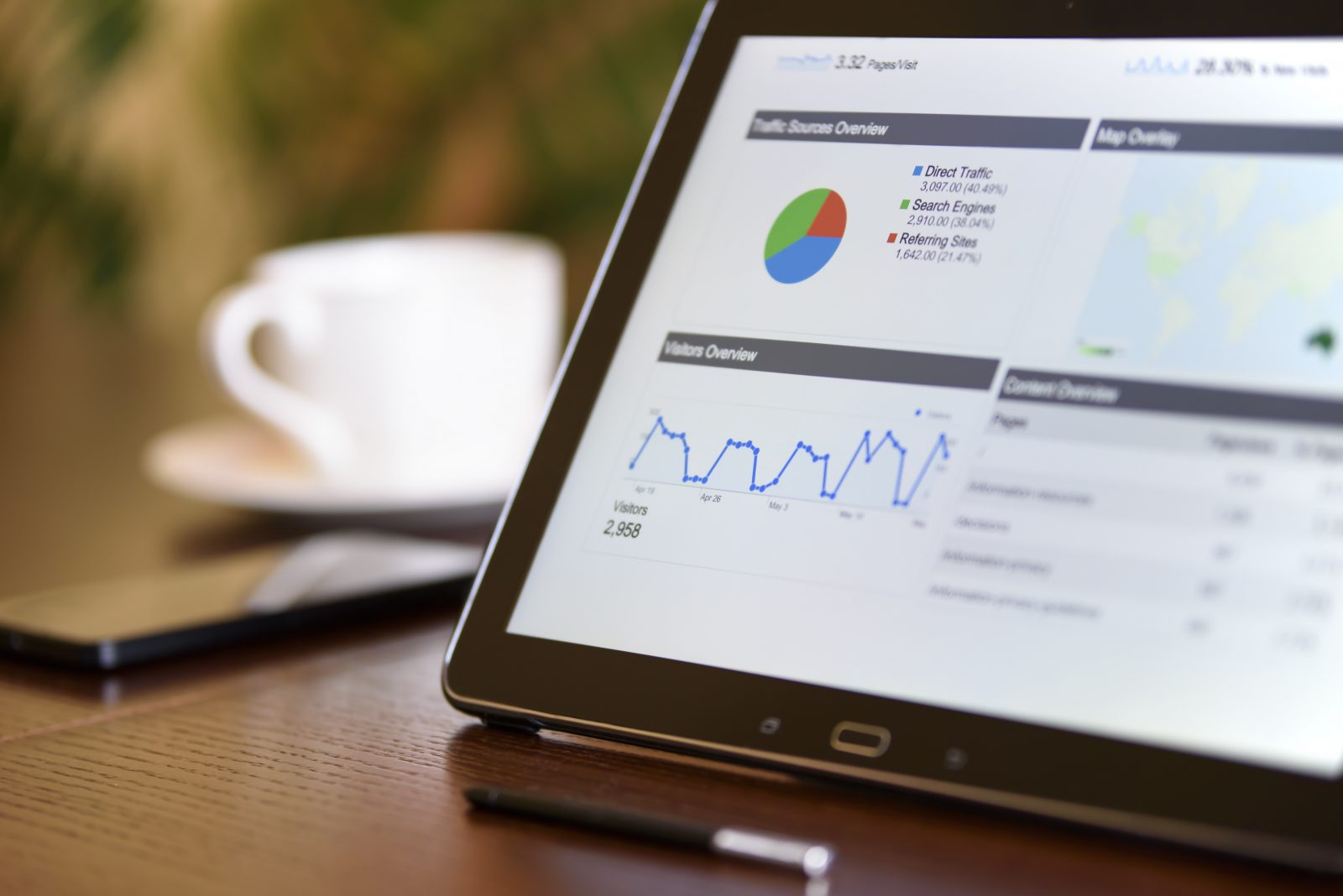
When it comes to marketing as we know it today, data is the golden ticket to success. It’s like the compass guiding your ship through a sea of consumer preferences and market trends. With data, you gain relevant insights into your customers, the market, and what’s working, so you know how best to tailor your marketing. With data, you don’t get to aim in the dark.
But leveraging data-driven doesn’t begin and end with collecting numbers; it’s about using them strategically to create compelling marketing campaigns that hit the mark. So, whether you’re a seasoned marketer or just dipping your toes into marketing, let’s find out together how to harness the power of data to position your marketing campaigns in the right direction.
1. Define Your Marketing Goals
Every successful marketing campaign starts with a clear goal in mind. What do you want to achieve? Whether it’s increasing brand awareness, boosting sales, or engaging with a specific target audience, your goals should be specific, measurable, and time-bound (SMART).
Additionally, try to identify which data points are most relevant to your goals and ensure data accuracy. You don’t want to collect data you don’t need. Speaking of data collection…
2. Have a Professional Overseeing Your Data
Data is everywhere. From website analytics to social media metrics, customer surveys, and purchase history, the online environment has unleashed a deluge of valuable information for marketers to tap into. However, it’s not just about drowning in data; it’s about making sense of it all. This is where the Chief Data Officer comes into play.
Think of your Chief Data Officer (CDO) as your data manager, overseeing how information is collected and how it flows through your organization. Their role is to ensure data quality, security, and strategic use. If you, as the marketer, do not want to crumble under the weight of too many hats, consider leaving the data collection, management, and analysis to a data officer while your job is to leverage the data they collect.
3. Know Your Audience
Understanding your target audience is the key to crafting effective marketing campaigns. Data can provide valuable insights into consumer behavior, preferences, and demographics. Use this information to create buyer personas that guide your content and messaging. From the data collected, you can segment your audience effectively, leading to a more targeted approach.
4. Personalize Your Marketing
Personalization is no longer a luxury; it’s an expectation. Use data to tailor your marketing messages to individual preferences. Whether it’s personalized email recommendations or customized product offerings, data-driven personalization can significantly boost engagement and conversions. And with your segmented audience, you can build a segmented email list and send different emails to each segment.
Leverage data analytics tools to track customer journeys and identify opportunities for personalization.
5. Test and Iterate
The beauty of digital marketing is the ability to test and refine your campaigns in real time. A/B testing, for example, allows you to experiment with different elements of your campaigns and determine what resonates best with your audience. Your CDO can help track these tests and analyze the results to inform future strategies.
Pro Tip: Implement data-driven attribution models to understand the impact of each marketing touchpoint on conversions.
6. Multichannel Marketing
Today’s consumers interact with brands across multiple channels—social media, email, websites, mobile apps, and more. If you only market through one channel, you may be missing out on opportunities. Data can help you create a cohesive and consistent experience across these channels. But every channel is different. To make things easier, ensure data integration between various platforms to provide a unified view of customer interactions.
Your CDO may also implement data governance practices to maintain data consistency and quality across channels.
7. Monitor and Adapt
Marketing is not a set-it-and-forget-it endeavor. Continuously monitor the performance of your campaigns using real-time data. If something isn’t working as expected, be ready to adapt and optimize your strategies. Use A/B testing to determine what’s more effective and establish key performance indicators (KPIs) to gauge the success of your campaigns.
8. Data Security and Compliance
Data privacy and security are paramount in the digital age. Ensure that your data collection and storage practices comply with relevant regulations, such as GDPR or CCPA. To develop and enforce data protection policies, collaborate stringently with your legal and compliance teams.
Conclusion
By defining clear goals and collecting and analyzing data effectively, you are better positioned to personalize your marketing message and make it more impactful for your diverse audience. To reiterate, marketing is never a set-it-and-forget-it endeavor. Continue to adapt your strategies based on data-driven insights. Your audience will change behavior from time to time. Continue to understand their changing preferences, needs, and behaviors. Continue to meet them wherever they are. This is the best way to build lasting relationships and create meaningful experiences.
Leave a Reply